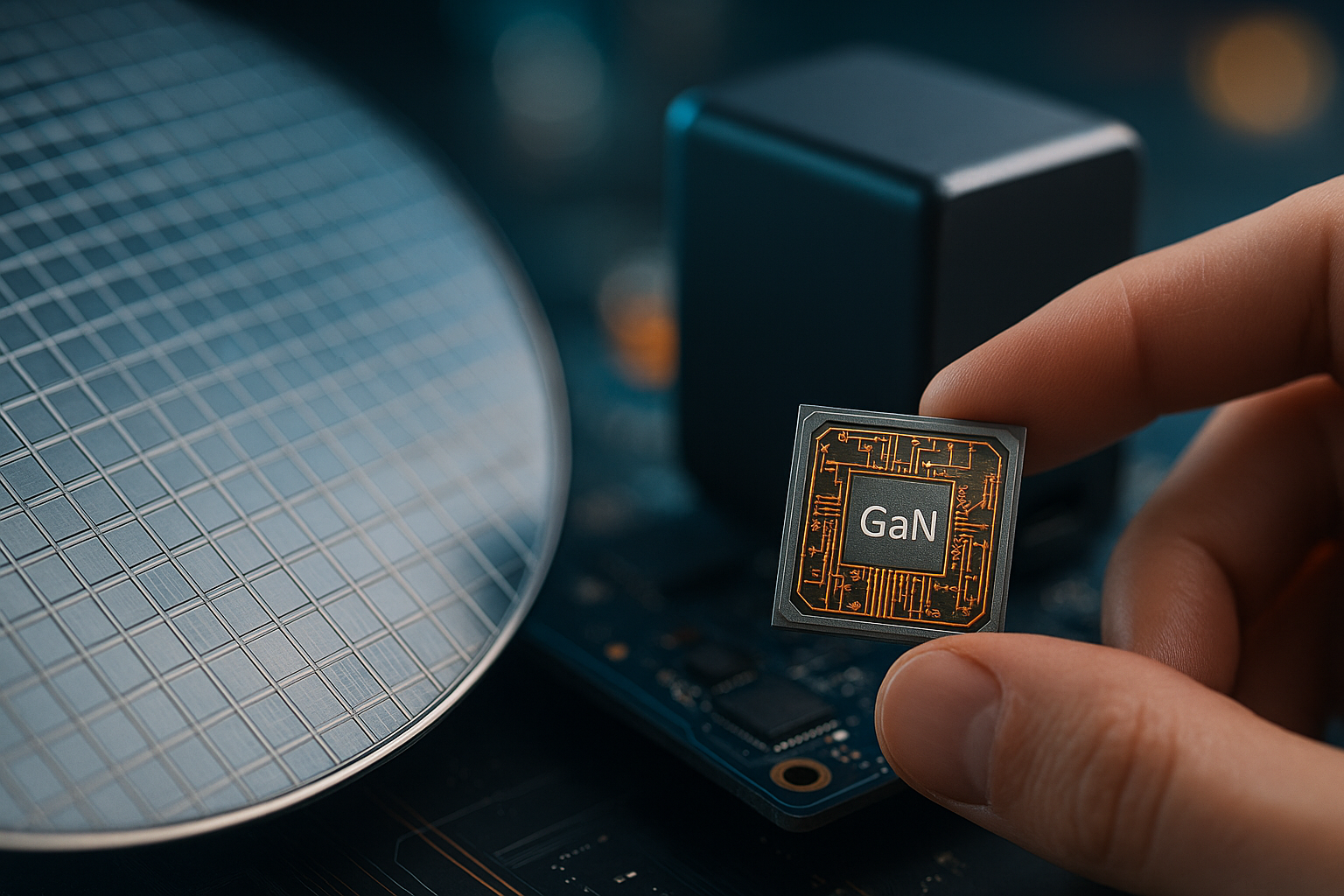"Is Silicon Still King? The Rise of Gallium Nitride in the Electronic World"
In an era where the demand for energy-efficient and high-performing electronics is skyrocketing, a new player has entered the stage—gallium nitride (GaN). The semi-conductor industry has long relied on silicon for its transistors. However, GaN's superior properties are now challenging silicon's dominance, promising a new era of electronic devices that are smaller, more efficient, and more powerful.

The Dawn of Gallium Nitride
The story of gallium nitride begins back in the early 1960s when it was first identified as a potential semiconductor material. However, it wasn’t until the 1990s that the material’s true potential was recognized. Japanese scientist Shuji Nakamura used GaN to produce the world’s first high-brightness blue LED, a breakthrough that earned him a Nobel Prize and paved the way for the creation of energy-saving white light.
Gallium Nitride vs. Silicon
The reason for GaN’s rising popularity in the electronics sector lies in its physical properties. GaN can operate at higher temperatures and voltages than silicon, making it ideal for power-hungry applications. Moreover, GaN transistors are more efficient, meaning they lose less energy to heat, and can switch on and off faster, increasing the overall performance of the system they’re part of.
GaN’s Breakthrough in Consumer Electronics
GaN’s first significant foray into the consumer electronics market has been in the form of power adapters. The material’s high efficiency and heat resistance have allowed manufacturers to produce smaller, lighter, and more energy-efficient power bricks. Anker, a well-known electronics brand, was one of the first to introduce GaN-based chargers, and since then, more companies, including Apple, have followed suit.
GaN’s Market Impact and Future Potential
With an estimated global market value of $1.3 billion in 2020, the GaN semiconductor market is expected to grow at a compound annual growth rate of 24% from 2021 to 2026. The material’s use is set to expand beyond power adapters into a variety of applications, including electric vehicles, renewable energy systems, and next-generation wireless networks.
The Challenges Ahead
Despite GaN’s potential, there are still challenges to overcome. For one, the manufacturing process for GaN-based devices is more complex and costly than for silicon. Furthermore, the industry’s infrastructure is heavily geared towards silicon, so a major shift towards GaN would require significant investment and time.
In conclusion, while silicon is not ready to abdicate its throne just yet, gallium nitride is certainly making its presence felt. As the demand for more efficient and high-performing electronic devices continues to grow, GaN’s star is only set to rise. Yet, as with any emerging technology, there will be hurdles to overcome. Whether GaN can truly challenge silicon’s reign will be a fascinating story to watch unfold in the coming years.




